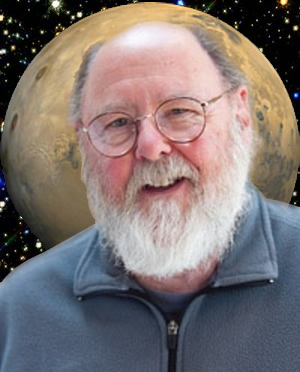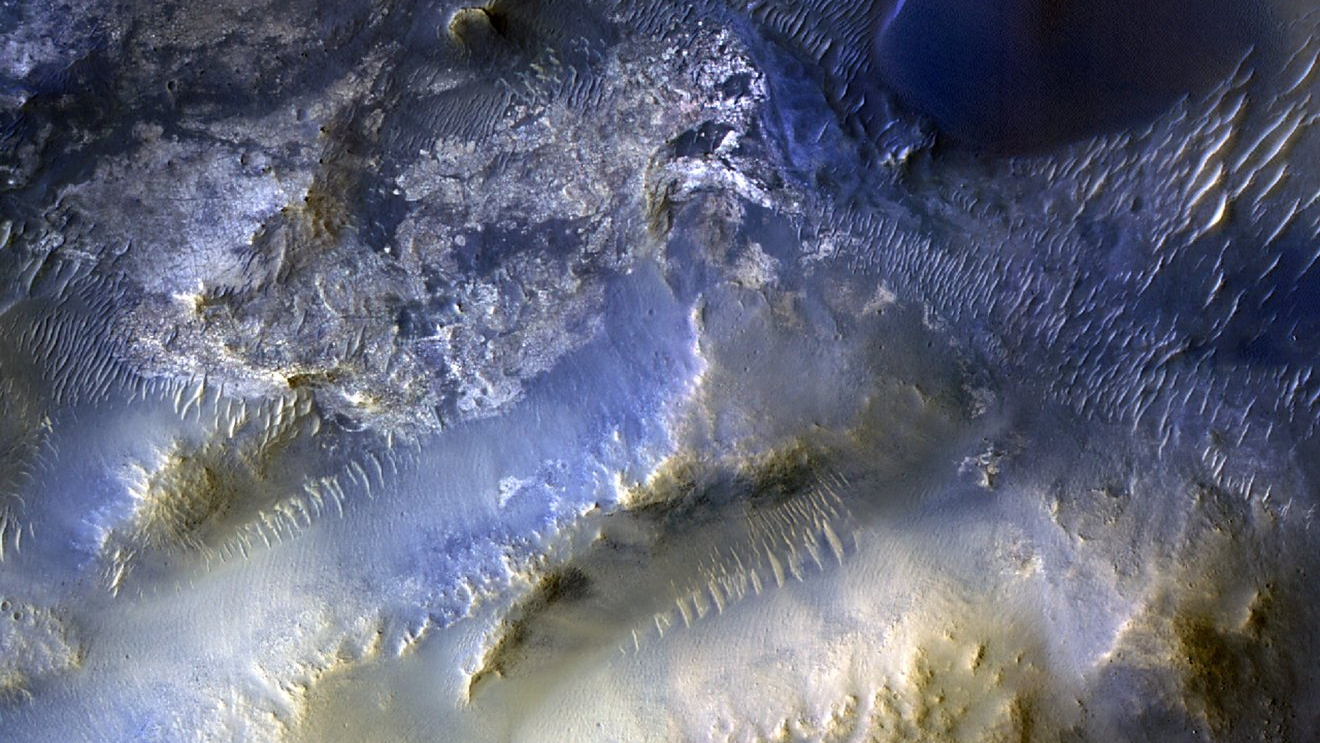Space Adventures Sees Wide Range of Public Space Travel
GOLDEN, Colo.? Private spacewalks, customer stopovers at commercial Earth orb outposts, andpublic flights to the Moon are all part of Space Adventures Chief ExecutiveEric Anderson's vision for the growing space travel market.
Over thelast decade, SpaceAdventures, headquartered in Vienna, Va., has offered an array ofspaceflight experiences to astronaut wannabes, including: parabolic aircraftflights that provide customers short stints in a microgravity environment,simulated Soyuz launch and landing profiles via centrifuge, neutral buoyancytank training to simulate spacewalking conditions, as well as eight-days ofcosmonaut overview training that is primarily held at the Gagarin CosmonautTraining Center in Star City, Russia.
But thebig-ticket offering, and the activity that brings in big cash to the company,are private space trips to the international space station (ISS).
To date,Space Adventures has handled five customer treks to the ISS, like that ofCharles Simonyi, formerly of Microsoft Corp., in April of this year; AnoushehAnsari, a high-tech telecom businesswoman in September 2006; technologyentrepreneur Greg Olsen in October 2005; Mark Shuttleworth, an internetentrepreneur and the first South African to fly to space in April 2002; and DennisTito, a California investment guru who earned the title of the world's firstpaying space traveler back in April 2001.
Each personspent roughly $20 million to $25 million for their multi-day stay at the ISS,flown to the orbital outpost and returned to Earth by a three-seat RussianSoyuz spacecraft.
But thedays of prices that low are over, Anderson said in a July 15 telephoneinterview with Space News.
"Actually,it's $30 million now. For the next couple of seats, that's the price," Anderson said. That cost hike, among several factors, is due to the falling dollar ? theruble has appreciated some 50 percent against the dollar, he said. Anotherfactor is simply the overall cost of inflation, he said.
Breaking space news, the latest updates on rocket launches, skywatching events and more!
"It isstill the most economical and reliable, safest way to get to orbit," Anderson said of the venerableSoyuz.
Anderson announced July 18 that SpaceAdventures has signed two additional customers, one to be launched in fall 2008and the other in spring 2009, though he declined to identify them.
"A spacewalkin one of those flights is a possibility, and we have people who are interestedin that," Anderson said, adding that their identities likely will beunveiled later this year.
The fee fora spacewalk is $15 million on top of the $30 million base price. "One ofthe consequences of the spacewalk is that you get a little bit more time upthere, instead of a week to 10 days, you'll probably get close to three weeks."
Thatprivate spacewalker would exit the ISS out of a Russian airlock, outfitted in anOrlan space suit, Anderson noted. "The client who does this would be doingthis through the Russian Space Agency."
Moreseats?
Lookinginto the near future, Anderson said Space Adventures is talking to a number ofinterested parties to partake in orbital journeys. "We certainly think themarket is growing and can support many flights per year over the next fewyears. We hope to grow from just one flight per year to two to four and beyond."
Discussionsalso are under way, he added, between the company and the Federal Space Agency,Roscosmos, to open up more Soyuz seats for clients. "If they want toincrease capacity ? if there's a commercial reason for that, I think theycertainly can," Anderson said. "We'd certainly like to see more seatsbecome available, if possible."
Publicspace sojourns into Earth orbit are sure to remain a unique experience for manyyears to come. "There are plenty of people on Earth who haven't been outof their own country, let alone gone into space," Anderson noted. "It'llbe a long time before spaceflight is boring."
DestinationMoon
Also onSpace Adventures travel manifest is the availability of a commercialspaceflight to the far side of the Moon. That mission concept was publiclyannounced by the firm back in August 2005, under the banner of a Deep SpaceExpeditions program. That mission would make use of a modified Soyuzspacecraft, piloted by a Russian cosmonaut with two commercial seats availablepriced at $100 million each. "It remains the project about which I am themost personally excited," Anderson said.
The pilotand passengers would depart Earth in a Soyuz spacecraft, linking up in orbitwith an unpiloted kick stage for a boost outward to the lunar destination. TheSoyuz would fly a free-return trajectory ? a boomerang course ? around theMoon.
There wouldbe upgrades to the Soyuz communications systems, along with larger windows anda beefed up re-entry shield for the Earth return, Anderson pointed out, withthose hardware add-ons making it likely the circumlunar craft would be testflown in unpiloted mode prior to commercial operations.
"It'san incredible bargain at $100 million a seat," Anderson continued. "I'vehad discussions over the past couple of years with a number of billionaires ?all of whom have the money ? all of whom have a very deep interest in this. Ibelieve there's a bigger market than people might imagine," he said.
Future DeepSpace Expedition missions ? lunar-orbit and lunar-surface flights ? arefeasible too, Anderson said.
SpaceAdventures is having "serious talks" with Bigelow Aerospace, Anderson said, about using that entrepreneurial space firm's orbital habitatsin the future. Two Genesis-class modules are now in Earth orbit with thecompany planning to evolve in coming years to larger expandable modules thatcan be occupied.
"It'spossible we could buy an extra Soyuz and fly it to a Bigelow station. We'recertainly interested in what they are doing," Anderson said.
Strictly inthe black Space Adventures as a company is 10 years old. "It's not an easybusiness ? but it's a very important one," Anderson explained, as anavenue to foster public interest in personal space travel.
Anderson said that Space Adventures is nowstrictly in the black. The company was formed in 1997, growing over the yearsfrom an initial private investment of $2 million. "Now we're approachingrevenues that have exceeded our investment by almost 100 times," he said.
The globaltravel and tourism industry is a trillion-dollar industry, about five timeslarger than the aerospace industry, Anderson said. The largest and fastestgrowing component of tourism, he said, is adventure travel. Moreover, he said,there are 20 million millionaires at present ? all prospective clientele foroff-Earth travel destinations.
Harnessingthat wealth to seed public space travel is analogous to those well-heeledindividuals that bought the first automobiles, computers, airplanes and otherhigh-priced items, Anderson said. The people who really benefit are the onesdown the road. They get to piggyback on all the developments and improvementsin technology and markets made by early adopters, he said.
ThomasJones, a former shuttle astronaut and Space Adventures advisor, said the spacetourism industry should spur less-expensive approaches to space travel overall.
"Coupledwith the physical thrill is the sense that you are in some way pioneering ? youare committing yourself to a frontier, a commercial one, where your journey canmake a difference and make more ambitious trips possible for future passengers.Out of such an industry should come more economical ways of getting cargo andastronauts to orbit for serious exploring, out beyond low Earth orbit. Evenwith the risks, it is win-win," Jones told Space News via e-mail.
Tariq Malikcontributed to this article from New York.

Leonard David is an award-winning space journalist who has been reporting on space activities for more than 50 years. Currently writing as Space.com's Space Insider Columnist among his other projects, Leonard has authored numerous books on space exploration, Mars missions and more, with his latest being "Moon Rush: The New Space Race" published in 2019 by National Geographic. He also wrote "Mars: Our Future on the Red Planet" released in 2016 by National Geographic. Leonard has served as a correspondent for SpaceNews, Scientific American and Aerospace America for the AIAA. He has received many awards, including the first Ordway Award for Sustained Excellence in Spaceflight History in 2015 at the AAS Wernher von Braun Memorial Symposium. You can find out Leonard's latest project at his website and on Twitter.
